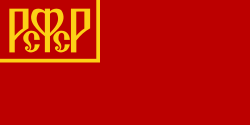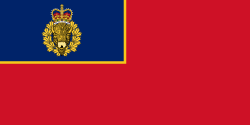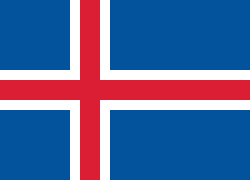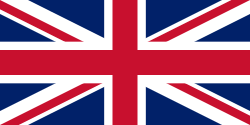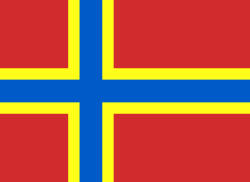- Flag of the former Soviet Union (second, 1923–1924)
- Flag of the Russian Soviet Federative Socialist Republic (1918–1925)
- Flag of the Ukrainian Soviet Socialist Republic (1919–1929)
- Flag of the Turkestan Autonomous Soviet Socialist Republic (1918-1924)
- Civil Ensign of Saudi Arabia
(hoist is at right) - Former flag of the State of Mississippi, USA (1894–2020, various hues)
- Flag of Lyle, Minnesota, USA

Esquarre (Fr., alternately escarre, esquierre; [1] as Anglo-Norman alternately esquarie, esquire, esquierre, esquerre [2] ) is a name for both a heraldic ordinary [3] and a set of related mobile charges. [4] As an ordinary, the Esquarre is defined as a charge that borders a quarter (Fr. franc quartier, or a singular quarter as charge) [5] on its two interior edges abutting the field. [6] The Esquarre isolates the quarter from the rest of the field. [7] De Galway suggested that the Esquarre is employed when both quarter and field are the same tincture. [8] The shape of the ordinary is likened to a carpenter's square, a tool formed of two arms joined perpendicularly. [9] When the two arms are of unequal length, the term potence (Fr.) [10] is also used, a term likening the form of this variant to a joined post and crossbeam, or gallows/scaffold. [11]



